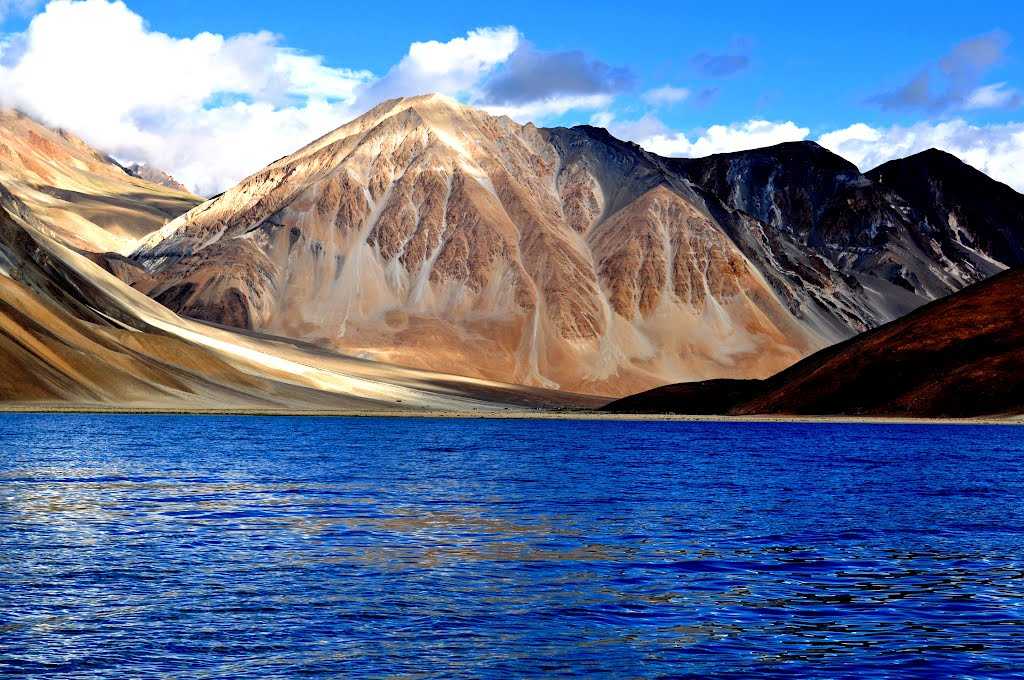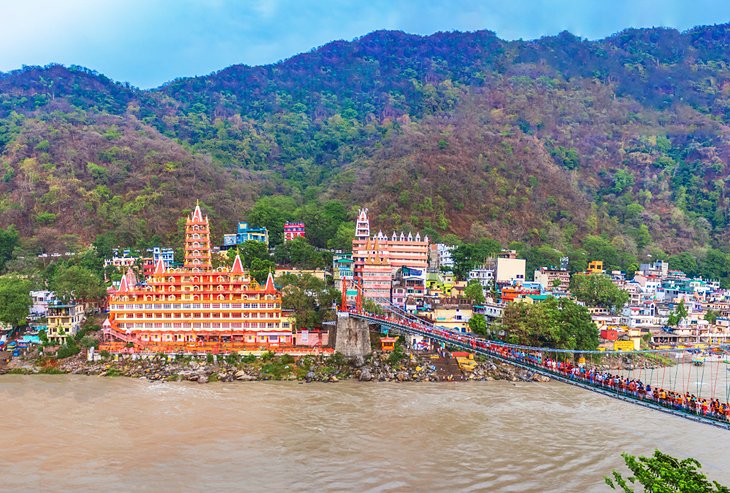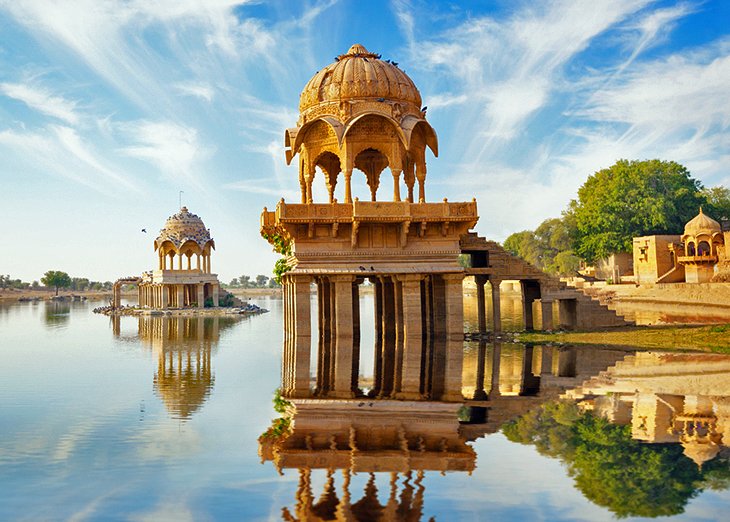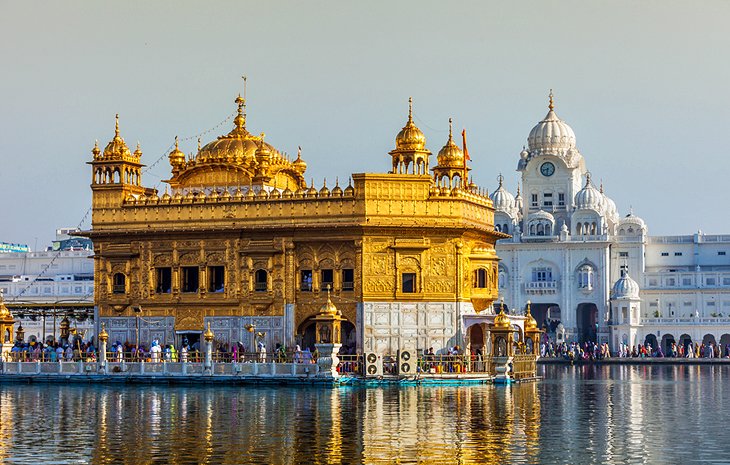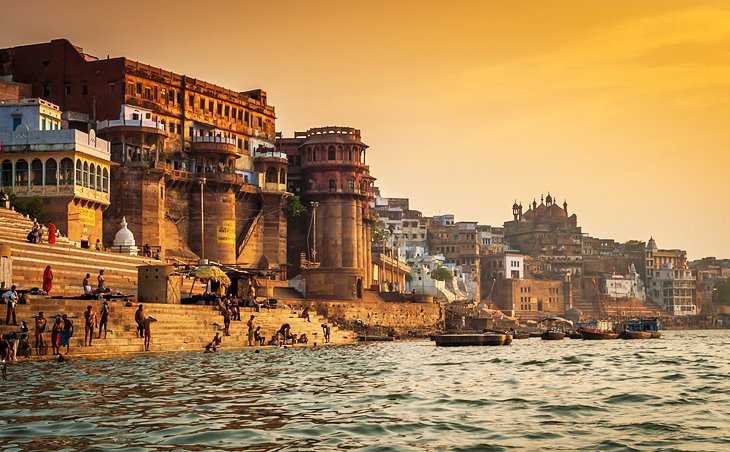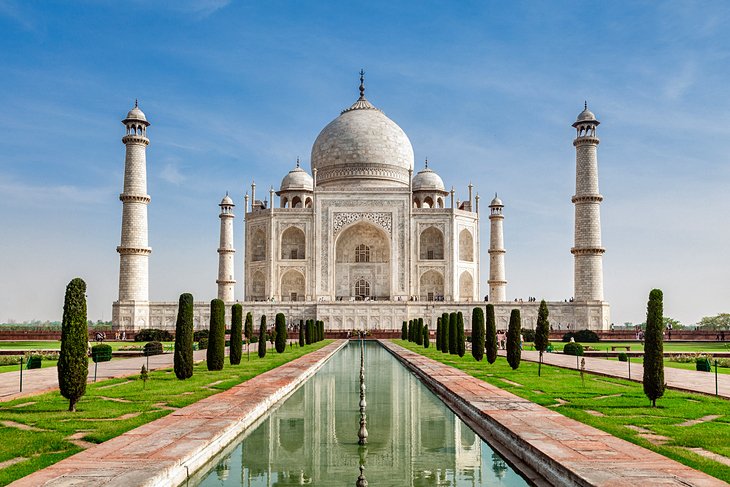LADAKH
Ladakh is a union territory in the Kashmir region of India. Formerly falling in the state of Jammu & Kashmir, Ladakh was administered a union territory on 31st October 2019. Extending from the Siachen Glacier to the main Great Himalayas, Ladakh is a land like no other. Dominated by dramatic landscapes, Ladakh is known as the world's coldest desert.
Stunning Gompas (Tibetan Buddhist monasteries), fluttering prayer flags, whitewashed stupas, Ladakh is a riot of intricate murals and red-robed monks. It is said that only in Ladakh can a man sitting in the sun with his feet in the shade suffer from sunstroke and frostbite at the same time. With a culture similar to Tibetan culture, the people of Ladakh are friendly and welcoming to tourists.
Ladakh is an adventure playground for rafting and high-altitude trekking. Note that Leh Ladakh is inaccessible by road outside the summer months. The route passes close altogether from around October to May, and the only way to reach is by air. Chadar trek on frozen Zanskar river takes place in January to the end of February.
For those of us living in the constant confusion about the difference between these twin locations, Leh-Ladakh, here is something that might help you. Ladakh is divided into two districts: district Leh and district Kargil. The former district has a famous town, "Leh", and is a great tourist attraction because of its beautiful monasteries nearby, Shanti Stupa, cafes and Leh Bazaar defining the place's culture.
